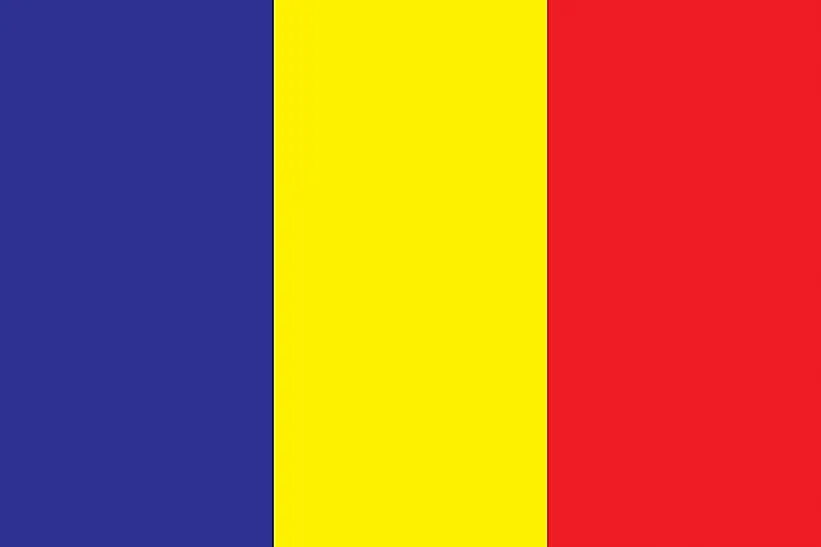
Chad
| Continent | Africa |
| Capital | N’Djamena |
| Population | 11,852,462 |
| GDP | $30.59 Billion |
| GDP per Capita | $2,600 |
| Dialing Code | +235 |
| ISO Code (2-letter) | TD |
| ISO Code (3-letter) | TCD |
Chad Landscapes






About Chad
Welcome to Chad, a vast nation that spans the Sahara Desert and the fertile Sahel region. With approximately 16.4 million people occupying 1.28 million square kilometers, Chad is the fifth-largest country in Africa. This landlocked nation serves as a geographic and cultural bridge between North and Sub-Saharan Africa, offering remarkable diversity in both its landscapes and peoples.
Geographic Features and Natural Beauty
Chad’s geography is extraordinarily diverse, encompassing three distinct climatic zones: the Saharan zone in the north, the Sahelian belt in the center, and the Sudanian savanna in the south. This diversity creates dramatic contrasts, from the Sahara’s endless sand dunes to the fertile valleys of the south.
Lake Chad, though significantly reduced in size over recent decades, remains an important ecological feature and the country’s namesake. The Tibesti Mountains in the north, reaching heights of over 3,000 meters with the Emi Koussi volcano, create one of the Sahara’s most dramatic landscapes.
The Ennedi Plateau in the northeast features remarkable rock formations and ancient rock art, earning it UNESCO World Heritage status. The southern regions include savanna woodlands and wetlands that support diverse wildlife populations.
Cultural Heritage and Traditions
Chadian culture reflects the nation’s position at the crossroads of various civilizations, with over 200 ethnic groups maintaining distinct traditions, languages, and customs. The Sara people predominate in the south, while Arab groups are more numerous in the north, each contributing to the country’s rich cultural tapestry.
Traditional arts include leather working, pottery, and weaving, with each region developing its own distinctive styles. Music and dance play important roles in cultural life, with different ethnic groups maintaining their unique musical traditions and instruments.
Chadian cuisine varies by region, reflecting local agricultural conditions. Northern dishes often feature dates and dairy products, while southern cuisine includes more grains and vegetables. The sharing of tea is an important social custom throughout the country.
Historical Journey
Chad’s history spans from ancient civilizations through various empires and kingdoms to French colonization. The region was historically important in trans-Saharan trade routes and was home to several significant kingdoms, including the Kanem-Bornu Empire.
The country gained independence from France in 1960 and has since worked to overcome various challenges while maintaining its cultural diversity. The discovery of oil in the early 2000s has brought new opportunities and challenges for development.
Modern Economic Landscape
Today’s Chad has an economy based primarily on oil production, agriculture, and livestock raising. The country began exporting oil in 2003, significantly impacting its economic development. Agriculture remains important, with cotton and gum arabic being major export crops.
The livestock sector is particularly significant, with pastoral nomadism remaining an important way of life for many Chadians. The country has also been working to develop its infrastructure and diversify its economy beyond oil dependence.
International Relations and Global Position
Chad maintains active participation in regional organizations and plays a significant role in regional security initiatives. The country is a member of various international bodies and has been particularly involved in efforts to combat terrorism in the Sahel region.
Did You Know?
• The Ennedi Plateau contains some of the world’s most important collections of ancient rock art?
• Chad is home to more than 200 ethnic groups speaking over 120 different languages?
• The country produces some of the world’s finest gum arabic, an important ingredient in many food and pharmaceutical products?
• The Tibesti Mountains contain the highest peak in the Sahara Desert?
Conclusion
Chad represents a unique confluence of landscapes, cultures, and traditions at the heart of Africa. From its Saharan dunes to its southern savannas, from its ancient rock art to its modern oil industry, Chad continues to evolve while maintaining its diverse cultural heritage. As it faces contemporary challenges including climate change and economic development, Chad remains committed to harnessing its natural resources and human potential for sustainable growth while preserving its extraordinary natural and cultural diversity.